- Home
- Knowledge library
- Harvesting maize for silage
Harvesting maize for silage
See our advice on how to assess the dry matter of maize, when to use an additive, and best practice for the maize silage clamp.
Back to: Growing and feeding maize silage
When to harvest maize for silage
Maize should be harvested when the DM content of the whole crop is between 28–35%.
How to assess dry matter (DM)
Dry matter (DM) of maize is best assessed by drying a representative sample (200–500g of cut-up material) in an oven or microwave:
- Weigh the sample before and after drying
- Divide the final weight by the initial weight
- Multiply by 100
If using an oven, leave the sample for 24 hours at 100°C (until weight loss stops) in the oven and then reweigh.
If using a microwave, microwave the sample for several minutes and then reweigh to check weight loss. Stop and reweigh every five to ten minutes, then at 30-second intervals as the crop gets drier. Beware, the crop may smoulder or ignite if left too long, so ensure a cup of water is put in the microwave alongside the sample to prevent this. When the weight of the sample remains unchanged for two consecutive measurements, the crop can be considered dry.
The 'milk line test' can be used as a guide out in the field. When the line separating the liquid and solid parts of the grain meet halfway down, the crop is ready to harvest.
Figure 1. The milk line test for maize
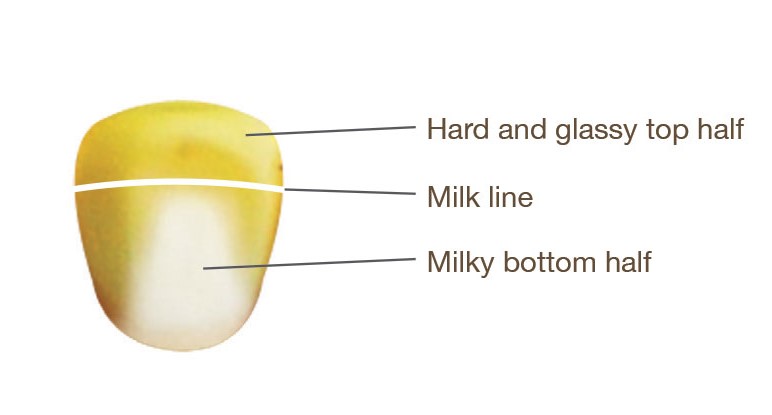
How to work out when maize is ready to harvest
|
Grain description |
Milky |
Milky doughy |
Doughy milky |
Doughy |
Hard dough, top is hard and glassy |
Hard and glassy |
|
Milk line |
None |
Beginning to show from top |
¼ way down grain |
½ way down grain |
½ way down grain |
At bottom |
|
Husk |
Green |
Green |
Green |
Yellowing |
Yellowing |
Desiccated |
|
Whole plant DM (%) |
Less than 25 |
25–28 |
28–30 |
30–32 |
32–35 |
Over 35 |
|
Status |
Not ready |
Not ready |
Not ready |
Ready |
Ready |
Too late |
Source: Maize Growers Association
Milky

Milky doughy
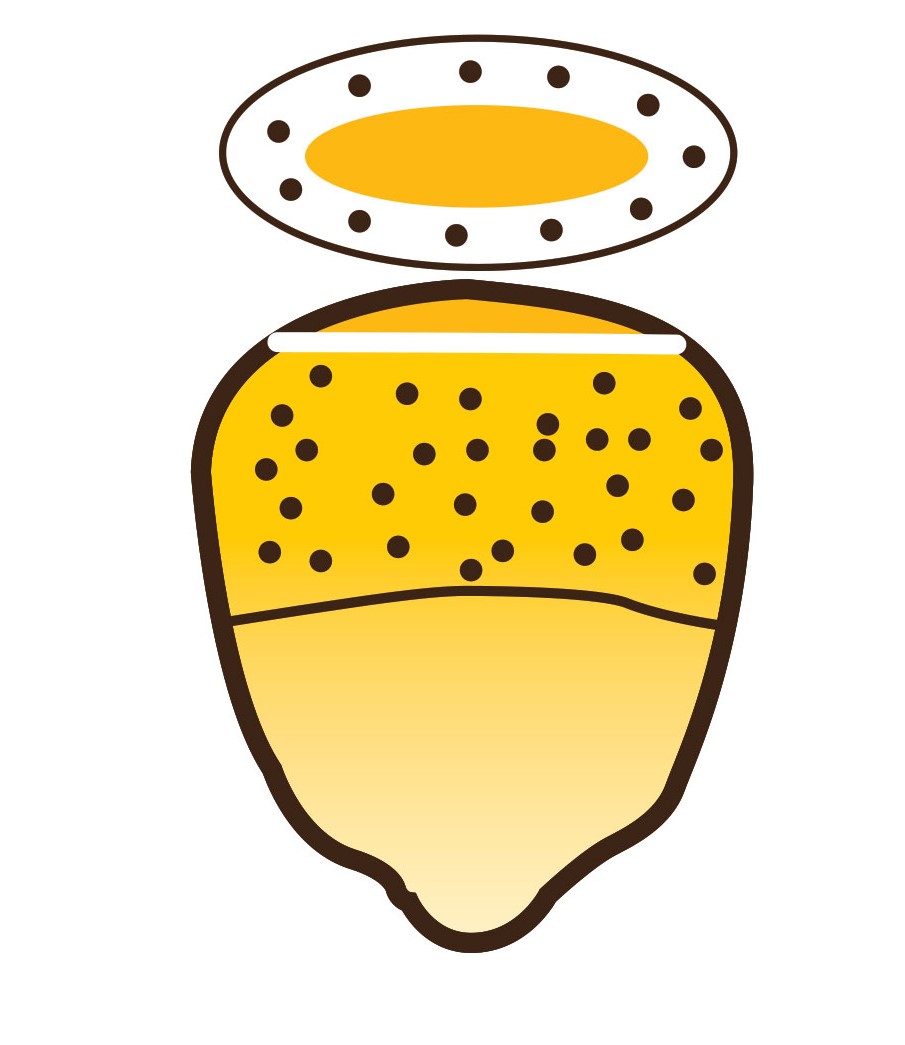
Doughy milky

Doughy
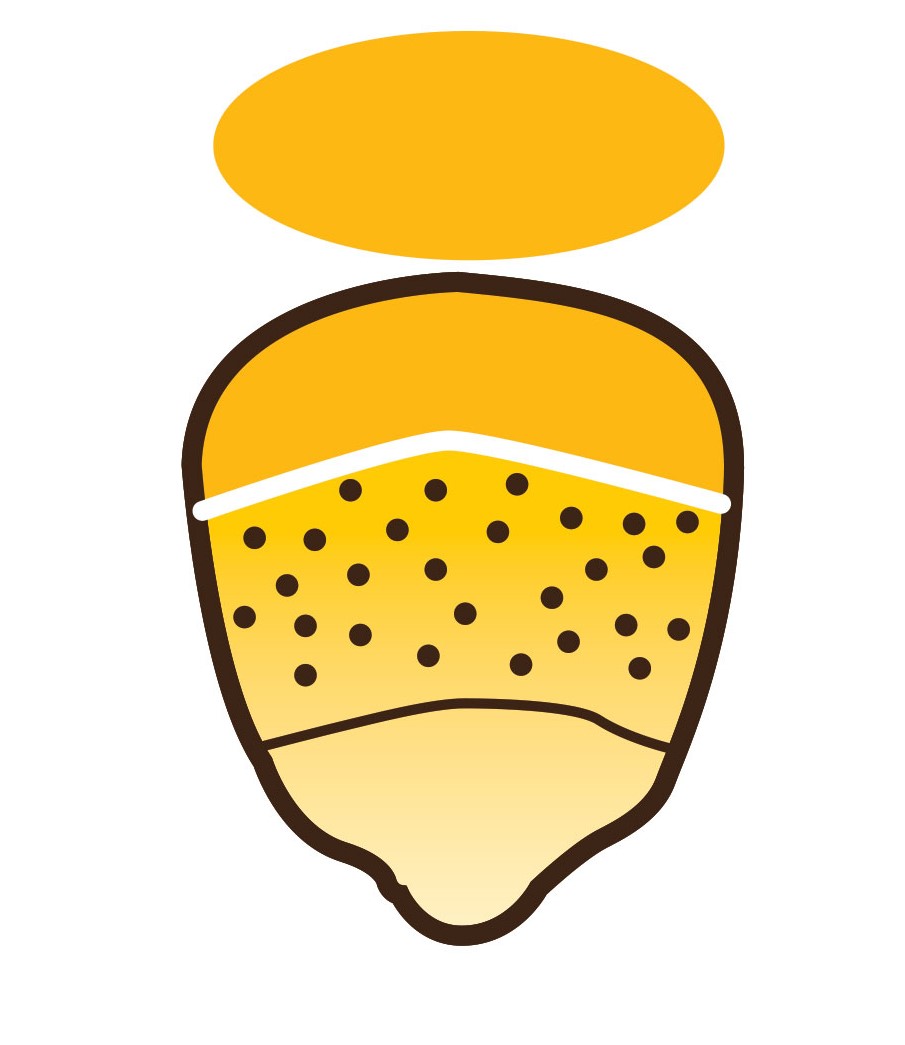
Hard dough, top is hard and glassy
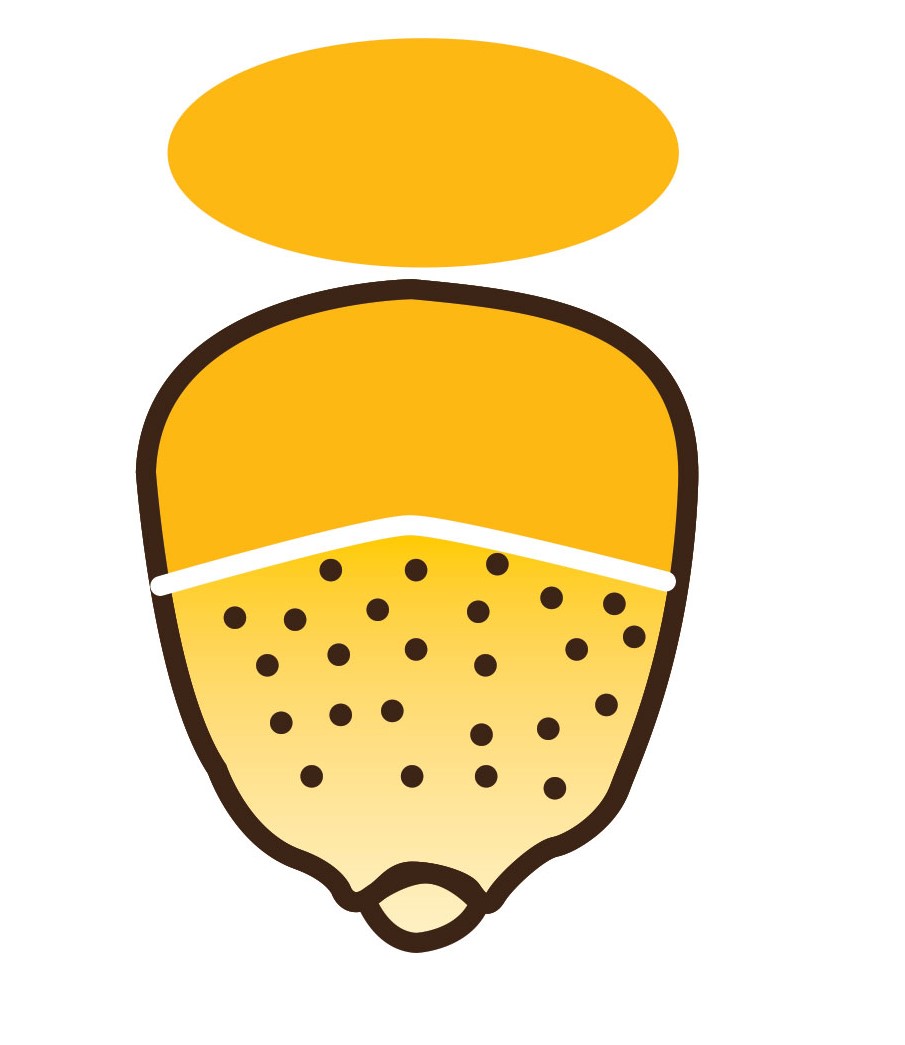
Hard and glassy
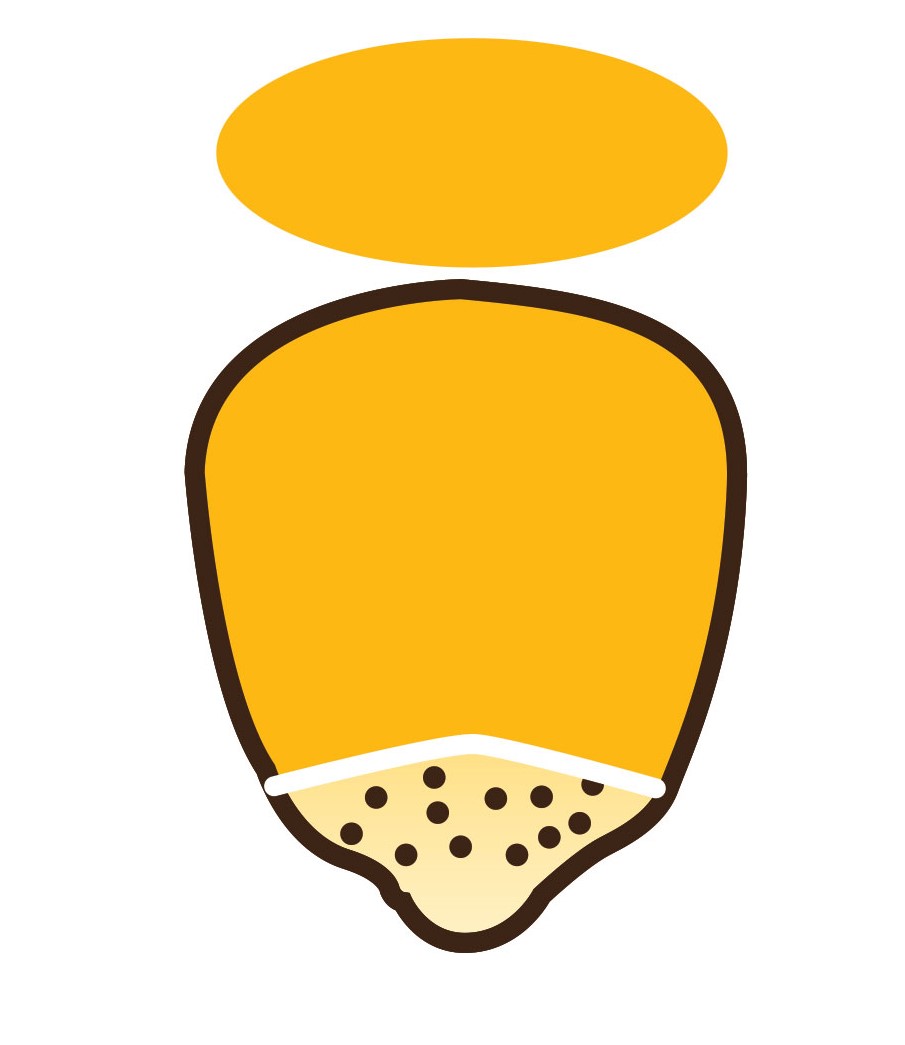
Harvesting maize
Avoid harvesting in wet conditions, and harvest as soon as possible after the crop has been frosted to minimise in-field deterioration.
Use the forage harvester’s corn cracker to break all the maize grains during harvest. Maize should be chopped to 12–18 mm (0.5–0.6 in) in length.
Typically, the DM% of a maize crop increases by about 2% per week at harvest time. Having assessed the DM%, the harvest date can be predicted.
Best practice for the maize silage clamp
- Fill the clamp quickly
- Consolidate well, ideally, with a second tractor rolling continuously while a tractor at the front is pushing up the face
- Seal completely for rapid, anaerobic (without oxygen) fermentation. Cling film under-sheets can provide an airtight seal
- Weigh down the over-sheet with tyres, bales or weights
- Apply rock salt to the top (3 kg/m2) and shoulders (6 kg/m2) of the clamp to reduce surface spoilage
- Bund clamp areas, cover silage stores and use drains for clean and dirty water separation to reduce the risk of effluent losses
- Speak to the Environment Agency two weeks before constructing new or substantially reconstructing clamps
Clamps should be kept tidy, with as little surface area open as possible to prevent aerobic spoilage and access by birds. Where possible, use a block cutter to remove the maize and maintain a flat feed face.
Aim to move along the face at least once a week. Nets dropped down over the front can reduce bird damage. Good hygiene around the clamp is important to prevent contamination with soil and muck.
The digestibility and starch content of maize silage improves with time in the clamp. Ideally, maize silage should be left for at least a month before feeding to allow pH and feed quality to stabilise. However, unlike grass silages, it can be fed immediately if needed urgently.
Using additives for maize silage
Maize silage ferments well unaided and does not typically require an additive. However, additives can reduce aerobic spoilage, particularly if the clamp is wide and the maize is taken out slowly.
There are certain scenarios when additives may help to maintain feed quality.
|
Situation |
Comment |
|
>35% DM at harvest |
Dry maize is difficult to consolidate |
|
Long-chop length (>20 mm) |
Long chop maize is difficult to consolidate |
|
Feeding out during hot weather |
Warmer maize is more likely to deteriorate |
|
Wide clamp face/slow feeding out rate |
Maize left exposed to the air for a long time is more likely to deteriorate |
|
Fast clamping/insufficient consolidation possible |
Poorly compacted maize will have significant oxygen levels which can result in aerobic spoilage |
|
Aerobic spoilage experienced in the past |
An additive may prevent this but should not be a substitute for poor management pre-ensiling |
Useful links
Download our guide to growing and feeding maize silage
To order a hard copy of the Growing and feeding maize for better returns manual, please contact publications@ahdb.org.uk or call 0247 799 0069.
Watch our webinar: How to assess flooded forages and standing maize
Topics:
Sectors:
Tags:

